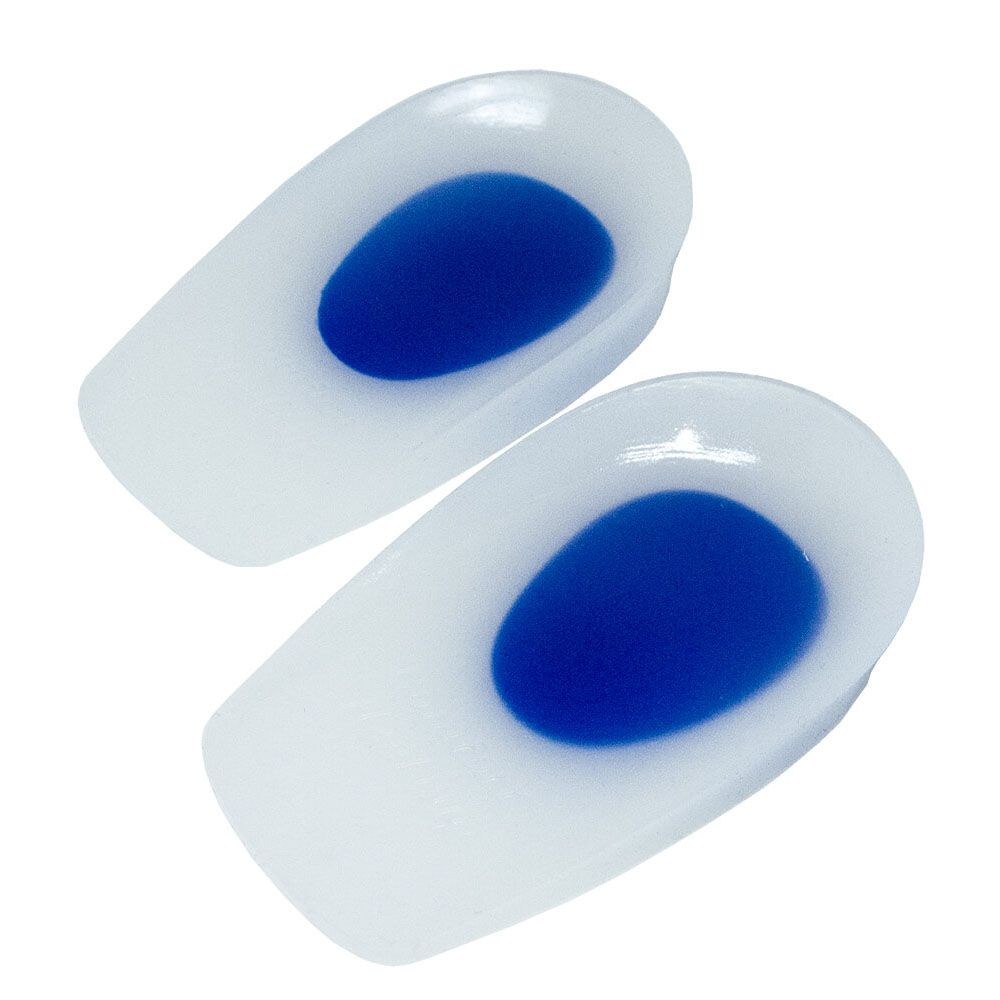Heel Spur
Heel spurs are one of the most common foot complaints in the Netherlands. It’s a painful and frustrating condition, most frequently seen in people between the ages of 40 and 60. It is much less common in children. In this article, you’ll find everything you need to know about heel spurs.
What is a heel spur?
A heel spur is an overuse injury affecting the heel. It often occurs in athletes and people with occupations that require prolonged standing, leading to overloading of the heel. Women are more likely to experience heel spurs than men. The condition is characterized by a dull, stabbing pain beneath the heel, which may radiate to the inner or outer side of the foot or even toward the toes.
What is the difference between a heel spur and plantar fasciitis?
There is a distinction between plantar fasciitis and a heel spur. A heel spur involves a calcium deposit forming on the heel bone. Plantar fasciitis, on the other hand, is an inflammation of the plantar fascia — the tissue that attaches to the heel bone — due to excessive tension. While they are two different conditions, they share similar symptoms.
What are the symptoms of a heel spur?
Common symptoms of a heel spur include sharp, stabbing pain under the heel, especially during standing or walking. The pain is often most intense in the morning and tends to ease slightly throughout the day. Pain may also radiate to the inner or outer part of the foot. The affected area can sometimes feel warm.
What causes it?
Heel spurs are most commonly caused by overuse of the muscles. Athletes and people who are on their feet for extended periods are especially at risk. Tight muscles — particularly in the calves and soles of the feet — are also a contributing factor. A shortened calf muscle places added strain on the plantar fascia, leading to overuse. Wearing shoes that lack proper support is another common cause. In some cases, an abnormal foot structure, such as a high arch, can be the underlying issue.
How can it be treated?
Plantar fasciitis and heel spurs can be treated in various ways. Rest is typically recommended first, followed by adjustments to footwear, custom orthotics, physiotherapy, the use of a night splint, or, in some cases, corticosteroid injections. Surgery is only considered in severe cases that do not improve after 9 to 12 months of non-surgical treatment.
If you're mainly focused on relieving symptoms, you can also apply ice to the painful heel, pay attention to your posture, and perform targeted exercises. These exercises help strengthen and stretch your foot and calf muscles, while also improving flexibility.
There are also various heel spur aids available to provide support throughout the healing process.

Heel Spur (half) Gel Insoles (per pair)

Heel Spur Sock - Night Splint
Solelution Silicone Heel Gelcups (per pair)

Solelution Heel Spur / Tendinitis Gel Insoles (per pair)
Solelution Socks with Silicone Gel Heel (per pair)

- Physiotherapist
- Sports podiatrist
- Manual therapist
- Podopostural therapist
- Myofascial dry needling specialist


